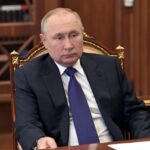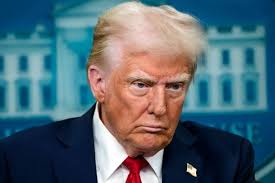Russia’s military strategy on back foot after Ukrainian drone attacks

Ukraine’s unprecedented drone strikes on Russian air force bases weaken Moscow’s ability to wage war on its smaller neighbor and undermine its capacity to threaten more distant rivals like the US.
This is a shift with potentially far reaching geo-strategic implications. A sizable portion of the fleet Russia uses to launch guided-missile attacks on Ukraine, and would rely on to strike adversaries in the event of a nuclear war, was damaged or destroyed in Ukraine’s coordinated attacks.
Russia no longer produces the decades-old Tupolev planes, meaning it has lost a cornerstone of its ability to project military power from beyond its borders. Ukraine’s attack also apparently destroyed a rare Antonov plane Russia uses for airborne command-and-control.
Of more than 100 Tupolev bombers that Russia is known to have, Ukraine said it had damaged or destroyed more than 40. Russia confirmed some of the losses at the air base, and called Ukraine’s actions a “terrorist attack.”
The Ukrainian drone strikes cast a cloud over Russia and Ukraine peace talks in Istanbul Monday, where talks ended after the sides met for just over an hour and made little progress.
After the drone strikes, Russia will be forced to rethink how it operates, stores and defends its remaining strategic bomber fleet. Russian President Vladimir Putin is likely to grow more concerned about internal enemies, and take harsh measures in reaction to this.
These attacks by Ukraine are just another indication of how far off the Russian military is from being the global force that the US is, and a welcome show of strength from a defiant Ukraine.


